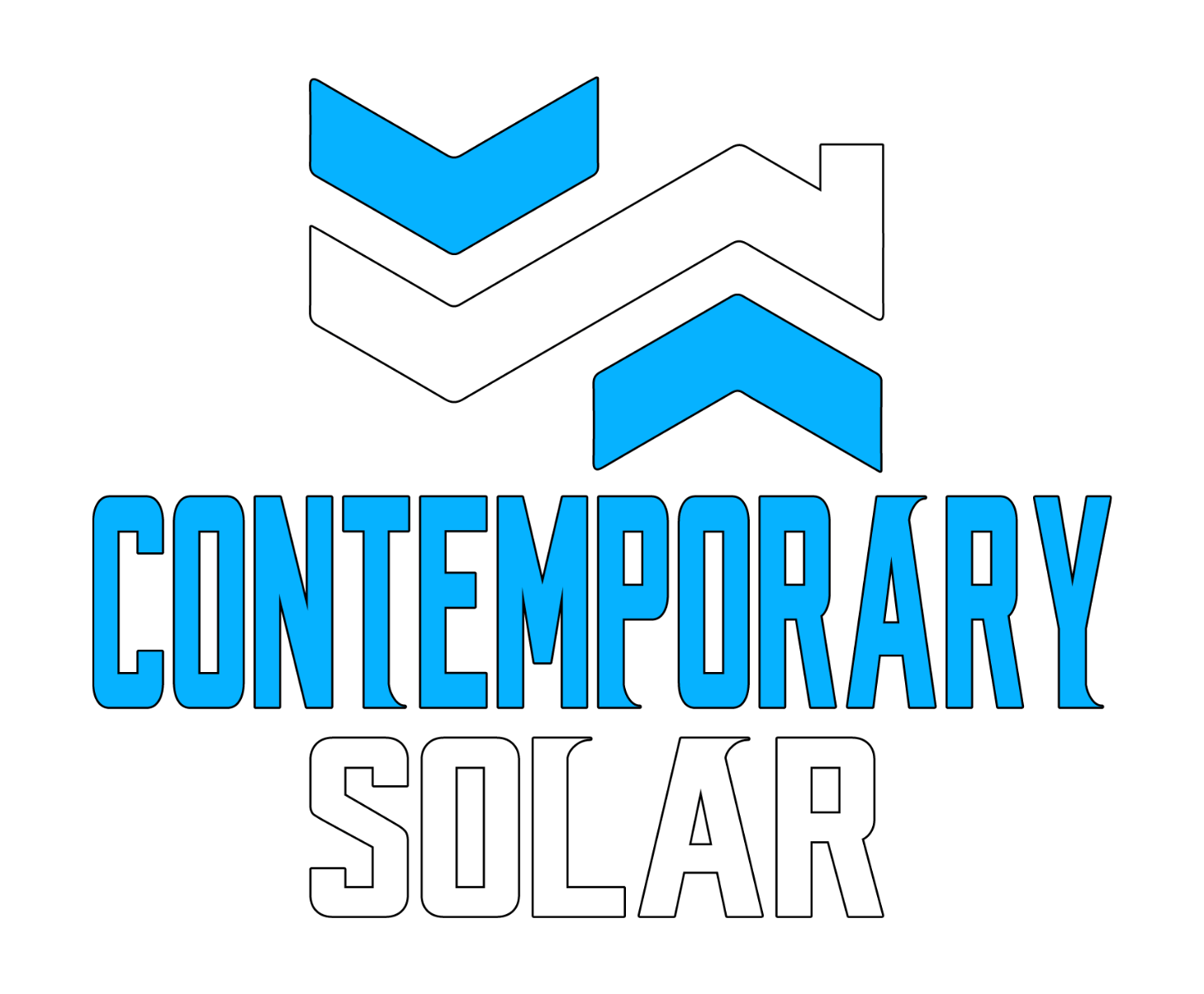
Does Solar Energy Work in the Midwest?
Have you noticed houses in your area with solar panels on them? Is this just a new trend or are homeowners really benefiting from solar?
Its common to think that we don't get enough sunlight to benefit from solar power here in the mid west, but that is just a misconception. In fact, the mid west on average gets more sun light than Germany. A country that has one of the highest rates of solar power production. With just that fact in mind you can understand why solar can and does work in the mid west.
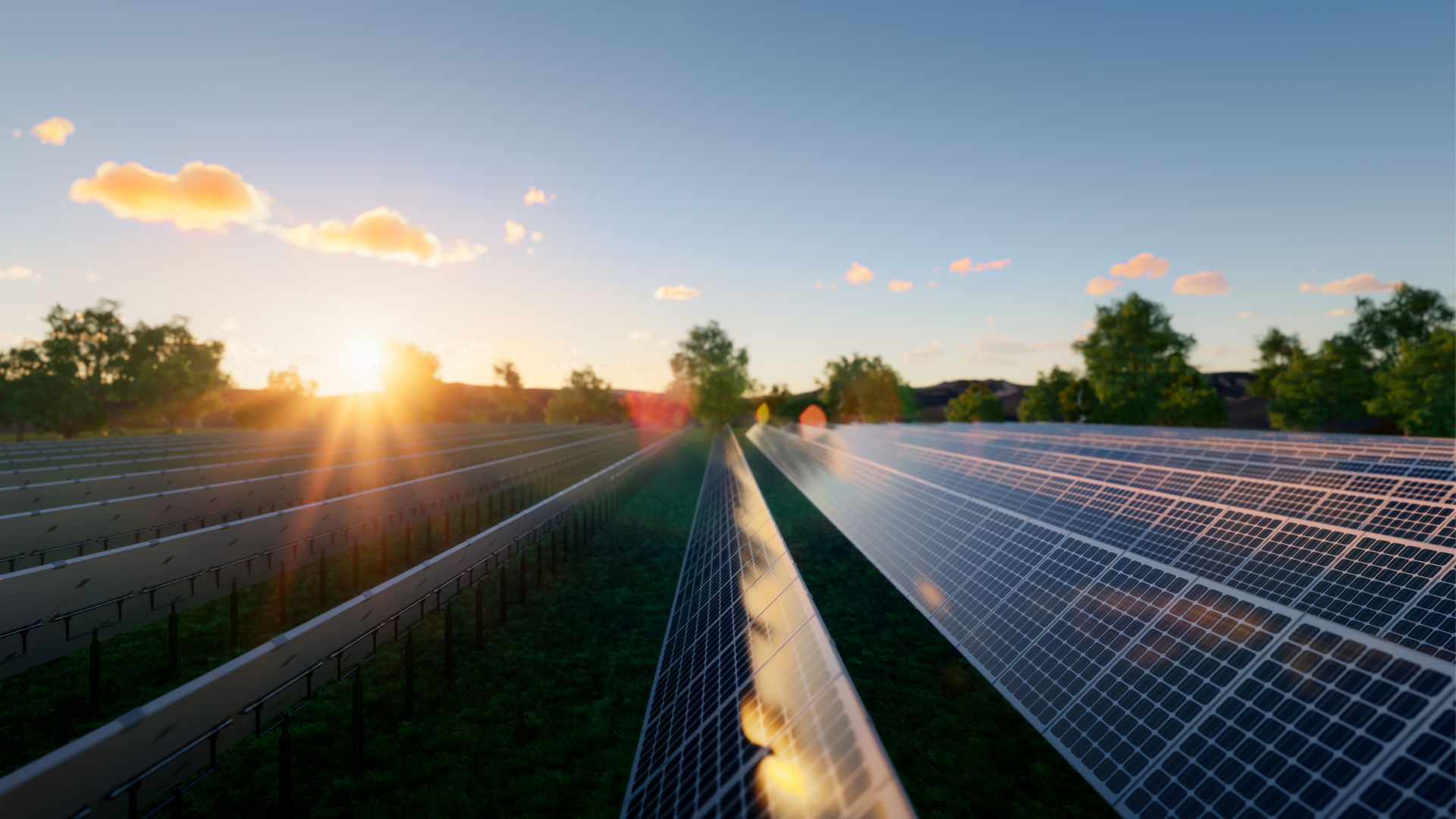
"Own Tomorrows Energy Today"
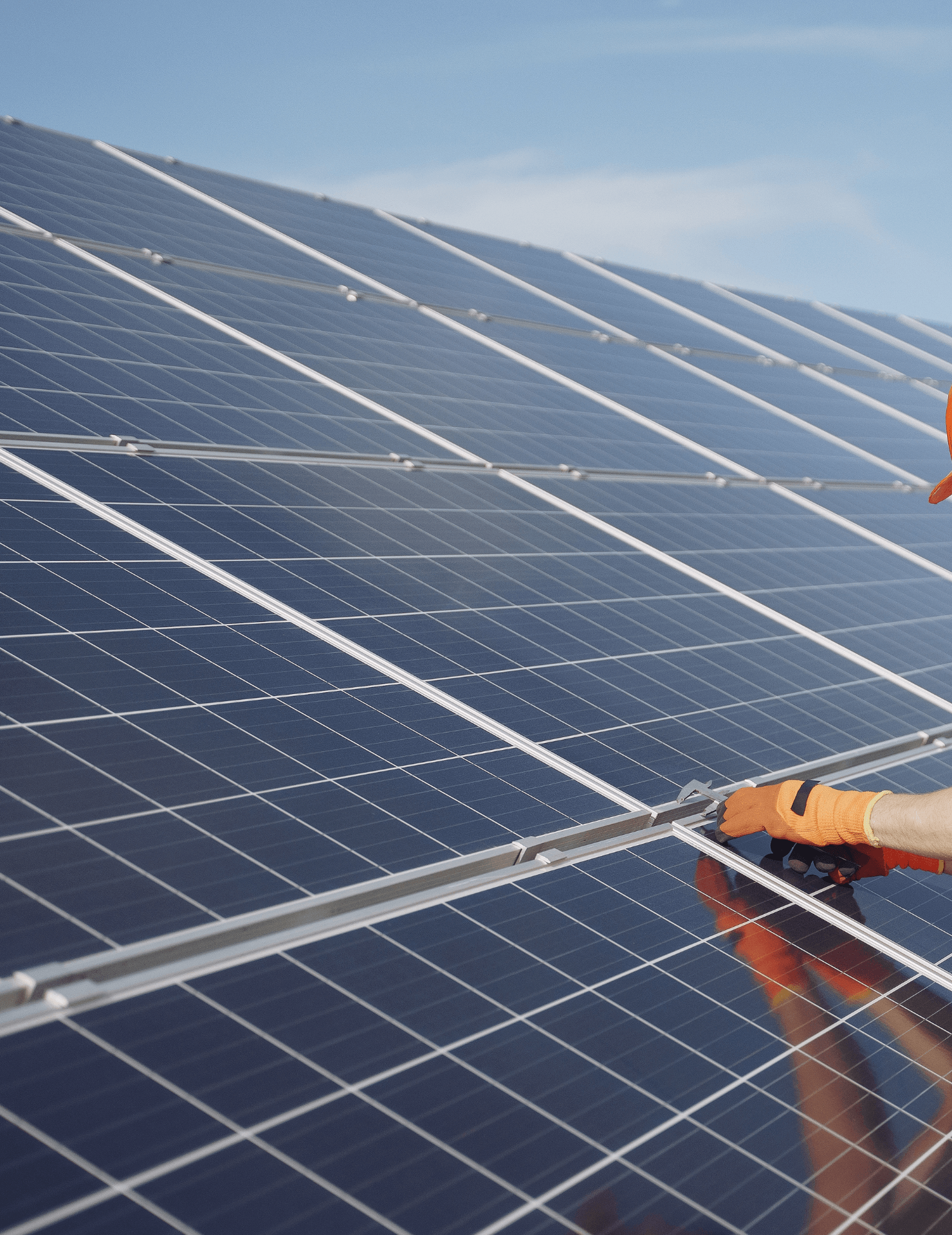
How can you benefit from solar?
- Solar power is the cheapest form of electricity and is only getting cheaper. While other energy costs are rising the cost of solar is going down.
- Erase your carbon footprint.
- Be in control of your power.
- Increased property value.
- Limited Time State and Federal incentives and rebates.
- Get paid for producing more power than you use.
- Become energy independent.
- Get a battery and never worry about power outages.
Get familiar with the solar world and check out our blog on
common solar terms.
Missouri Solar Rebates and Incentives
There are tons of benefits you can receive from getting a system. One of the best benefits that homeowners have been taking advantage of is the federal tax credit of 30%. That means the government will pay for 30% of your system.
State Rebates are based on your energy provider. For example, Ameren offers a 25-cent per watt rebate. So if you have a 10kw system you'll receive a $2,500 rebate. But this ends on December 31, 2023. Ameren also offers a net metering program. They will pay you for any power you don't use and push back into the grid.
Another great benefit is cheaper energy bills. The average cost of a solar array in Missouri is between $12,000 and $16,000 and the average cost of an electric bill cost in Missouri is $115. That means over the next 25 years you'll pay $34,500 for your electricity and that's only if your price is locked at $115 a month. On average the cost of electricity increases by about 2% yearly and we've seen an even higher rate of inflation in the more recent years. That would end up costing you about $56,600 over the next 25 years. You could save as much as $44,600 over the next 25 years before rebates and incentives. Most manufacturers offer a 25 year warranty on their solar panels. When the warranty ends, it doesn't mean the panels will stop producing power. It just means the panels may not be producing what the manufacturers consider optimal production.
Illinois Solar Rebates and Incentives
The federal tax credit is same for every state. You will receive a 30% tax credit for any system installed.
Illinois has a program called The Illinois Shine Program, where they give out Solar Renewable Energy Credits(SRECs) to homeowners for producing solar power. For every 1,000kwh you produce you will receive one SREC. But the best part about this is the state is buying them from homeowners. They actually buy 15 years worth of SRECs from you upfront. This can offset the cost of your system by as much as %40 of the solar system cost.
One the best benefits is the savings you can get from lower energy bills. The average electric bill in Illinois is $133. Even at a fixed price over 25 years you will end up spending $39,900 on your electricity. On average the cost of electricity goes up about 2% every year. So you will actually be paying around $56,955 for your electric over the next 25 years. While the average price of a solar array in Illinois is between $13,000 to $18,000. And most manufacturers offer a 25 year warranty on their solar panels. You could be saving as much as $38,955 on your electric bill over the next 25 years before rebates and incentives.
Energy Efficient Upgrades and Your Property Value
Installing a solar energy system on your home or in your yard is a great way to increase property value. In fact a study from Lawrence Berkeley National Laboratory showed that homes with solar can increase there property value by as much as $5,000 per Kw. So if you have a 5Kw system you can increase the value of your home by as much as $25,000. It is also a great selling point if you plan on selling your home in the future. The CNBC did a study that showed 80% of homebuyers are looking for homes with a solar array or energy efficient upgrades.
If you've considered having a solar installed on your home then you've probably considered buying an electric vehicle. If you didn't know the Federal government is offering an electric vehicle tax credit. You can receive anywhere from $2,500 to $7,500 depending on the battery capacity and the gross vehicle weight. There is also a two-wheeled electric tax credit. But this is for a limited selection of two-wheeled vehicles and will cover 10% of the vehicle cost up to $2,500.
Battery Backup
With a battery backup you'll never have to worry about power outages. This also allows you to have control over where your power is directed. You wont have to worry about nonessential devices draining the power you have saved. Below are the battery options we have available.
Generac Batteries
Generac is one the most common batteries in the solar world. They offer a few different battery options, PWRcell M3, PWRcell M4, PWRcell M5, and the PWRcell M6. The PWRcell M3 is the smallest with a capacity of 4.5 kw. The largest is the PWRcell M6 and that has a capacity of 9 kw. These can operate individually or paired together for more storage. You will need the Generac inverter and PV link optimizer for your system to work with the batteries. Generac offers a 10 year warranty for their batteries.
Enphase Batteries
Enphase is known for their microinverters but now they are becoming known for their batteries as well. They offer the new IQ batteries which uses there IQ8 microinverters. They come in multiple sizes, IQ 3, IQ 3T, IQ 10 and the IQ 10T. The smallest offers 3.36kwh of power output. While the largest offers 10.08kwh of power out put. These will work by themselves or can be paired together. If you plan on getting a Enphase battery then you will have to get their IQ 8 microinverters as well. But this will eliminate the need for an expensive string inverter. Enphase batteries come with a 10 year warranty.
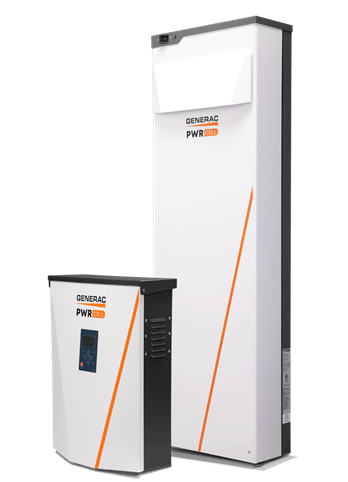
Is Your Home Solar-Ready?
The sun is never in short supply, and you can tap its energy to power your home. However, doing this requires you to have a house that is solar-ready. Below is a checklist of the things that will let you know if your home is suitable for a solar array. If you are not sure whether your house is solar-ready or not, just schedule a free estimate to have one of our team members come out and assess your property.
- The first factor you'll want to think about is do you have enough room to have panels installed on your roof or in your yard.
- Do you have any trees creating shadows or any other obstructions that may block the sun. If there is you may need to remove a tree or have your property looked at by a professional to find a more optimal spot for your system.
- Does your roof have any slopes that face the south, southeast or southwest. Chances are you do. These are the most optimal roof faces as they get direct sun light throughout the day. A panel on a north facing slope is not going to produce very well since the panel is facing away from the sun.
- Is your home equipped to handle a solar panel system. In some older homes, upgrades to the breaker box are necessary for a solar array to be installed.
In most cases homes are solar-ready. But there are the rare cases where a homeowner will not benefit from solar due to insufficient space, to many trees or other obstructions that can't be moved. If you are not sure whether your house is solar-ready or not, just schedule a free estimate to have one of our team members come out and assess your property.
Ground Mounted vs Roof Mounted Systems
Roof Mounted Solar Array
Pros
- It doesn't take up space in your yard that you could be using.
- Protects your roof from the elements.
- It is typically cheaper than a ground mount.
- Utilizes unused space on the property.
- Requires less materials like wire and mounting.
- Limits who has access to the panels.
Cons
- May require a new roof to be installed before installation.
- Must be removed and reinstalled for a new roof to be installed on the home.
- Harder to maintenance and clean.
- Adds extra weight to the existing roof and in some cases the roof may require additional support.
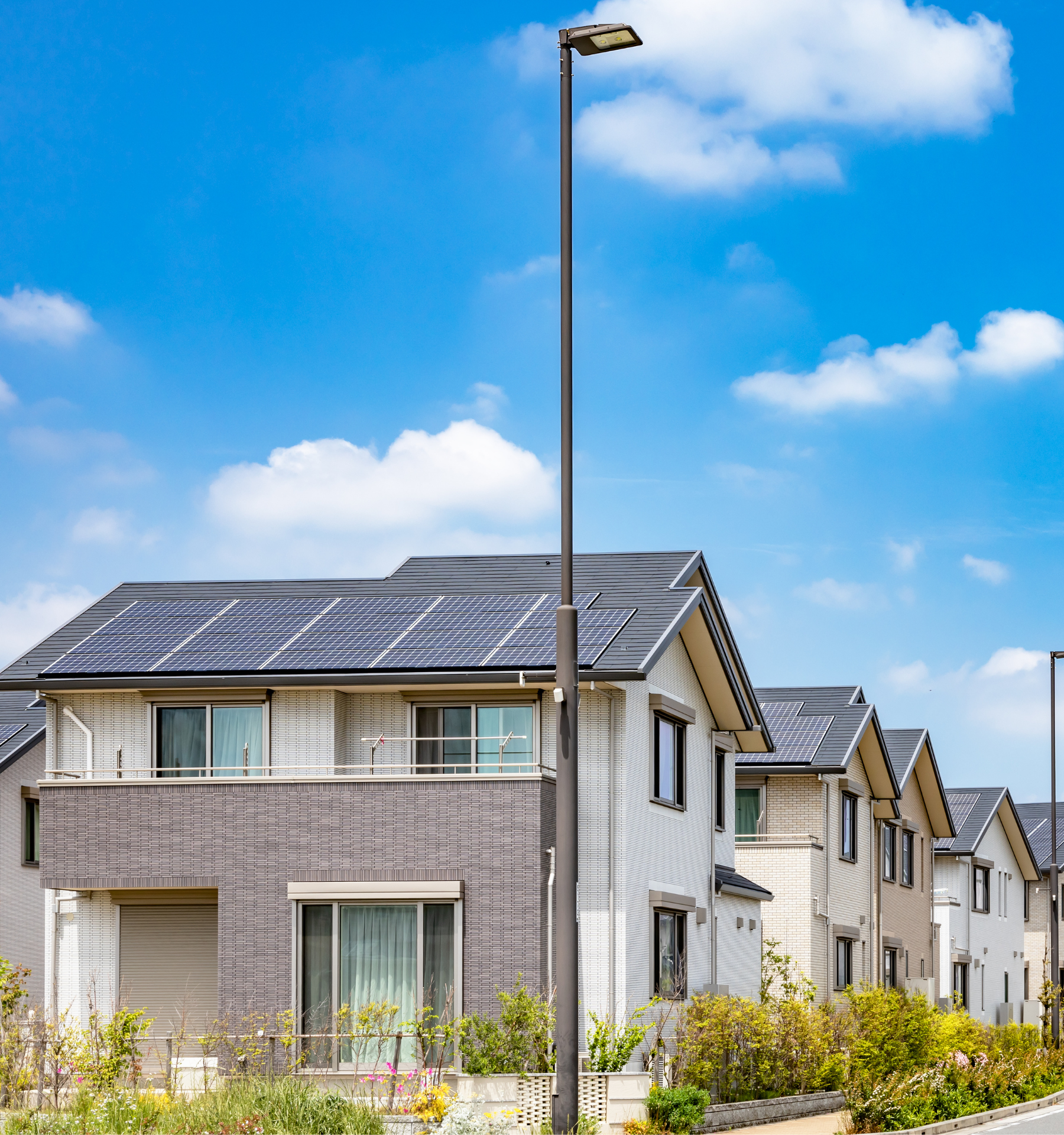
Ground Mounted Solar Array
Pros
- These can be positioned to be at the optimal angle of the sun.
- It is not restricted to the space you have on your roof.
- Easy accessibility for maintenance and cleaning.
- Can be installed as a car port or awning.
Cons
- Takes up space in your yard.
- Easily accessible for anyone including pets and kids.
- Will most likely require you to put a fence around it.
- Yard work can be more hazardous around the solar array.
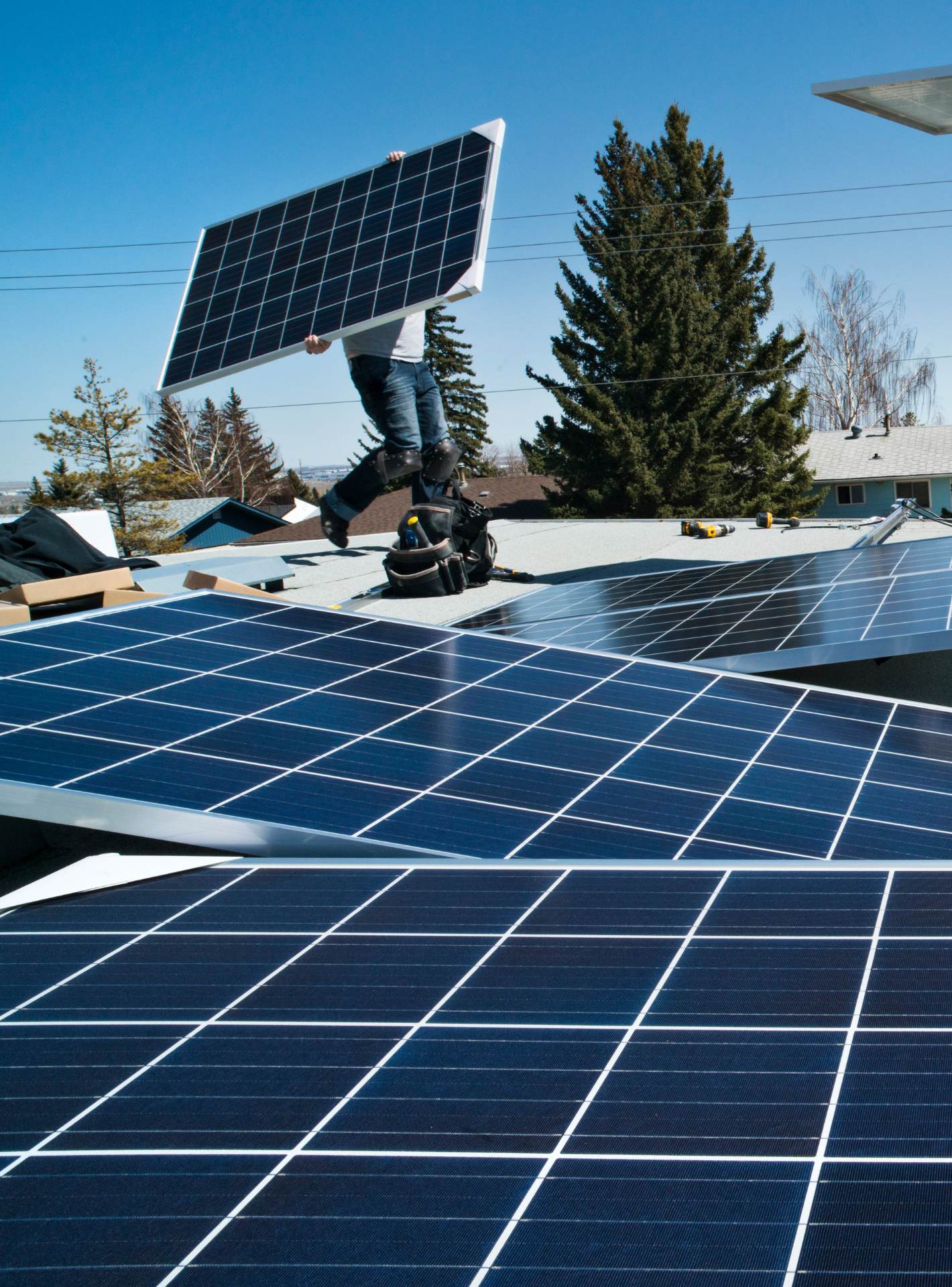
System Removal and Reinstall For Roof Replacement
Having a solar array on your home can offer many benefits. It will save you money on your electric bill and can help protect your roof from the elements. But how do you get a new roof installed? Is it going to cost you more money? The answer is yes, you will be charged for the labor of removing and reinstalling the system. There isn't an exact price because every company charges different rates for there labor. If you can contact the company that installed your system, chances are they can point you in the right direction for finding a reputable roofing company.
Replacing Your Roof With Us
As an experienced roofing company we can replace your roof with a solar array on it. If we installed your system and you choose us to replace your roof, there is no labor charge for the removal and reinstall of your system. But that is only if we installed the system and you choose us to replace your roof.
- Contemporary Solar
- Locations:
- St.Charles, Mo 636 757 3083
- Springfield, IL 217-859-7080
